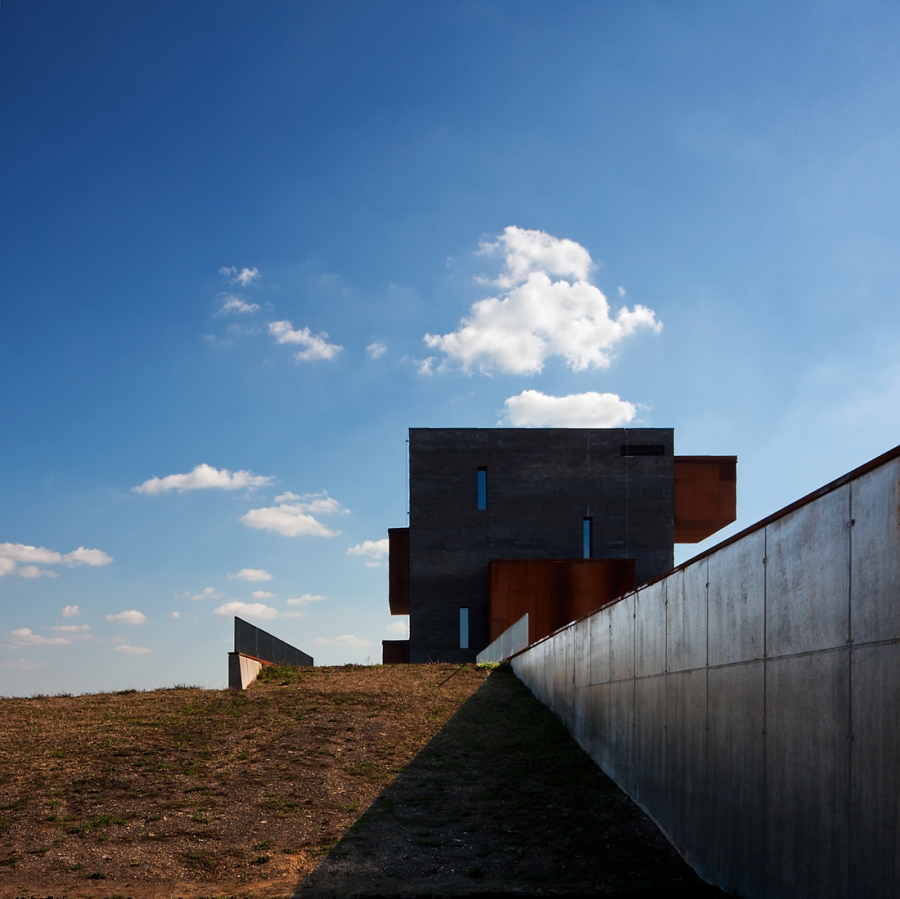Check out these 5 hidden gems of Hungarian landmarks!

The spectacle is often before our eyes, and sometimes we walk past it and do not even notice it. But sometimes, these spectacles need to be explored. Here are some fantastic places in Hungary that you must see if you are a fan of architecture!
Although in Hungary, good taste usually limits architects’ boldness, and monstrous buildings are not as numerous as in many distant countries of the world, strange spectacles can be found here as well. We already wrote about some outstanding buildings in Budapest that were rewarded (more information HERE), but now we collected five special, less known, still fascinating constructions in Hungary.
The following attractions are among them, and although they vary by function and age, they all offer a unique spectacle and an interesting story for those who are curious enough.
1. Meséskert (Magic garden) Tagóvoda in Budapest
Rarely does a new building in Budapest reap as much success in the media as this kindergarten in Budapest’s thirteenth district.

The easy-to-understand basic idea that the house resembles a “shape-playing game” from above, probably also plays a role.
However, the clever interior design and plenty of well-thought-out details are more important in the case of this “sci-fi” kindergarten.

The building is the largest and most modern kindergarten in Hungary. Super thermal insulation, constant internal temperature, automatic blinds, heat recovery ventilation and so on. The air is filtered, free of pollen and allergens, and there is even an electro-smog protection device at each end of the building.
Although the circumstances necessitated creating the largest kindergarten in the country, the building became incredibly lovable and popular.
2. The Taródi Castle in Sopron, or as they call “The Fool Castle”
The history of the Sopron castle testifies to an extraordinary human achievement and determination, as István Taródi, the dreamer and creator of the castle, shaped and formed the building from the 1950s until he died in 2010. The castle was his own residence. He was the first to build an eight-meter-high castle from wood in his parents’ garden, which he completed in 1946, the year of his marriage.

In 1959, he began to turn the wooden castle into a stone castle. He devoted almost his entire life to this, working on the particular building from five in the morning to nine or ten in the evening, all alone, most of the time.

The castle has an area of 4,300 square meters, and its tallest tower is 20 meters high. According to his ideas, István Taródi built a real medieval castle with his own hands. The strange edifice has a drawbridge, a knight’s hall, a castle bath – which also has an outdoor and an indoor part -, a castle well and even a castle tunnel.
3. Kemenes Volcano Park in Celldömölk
At the foot of Ság Hill stands a very unusual building: perhaps it resembles a pyrite crystal, or rather just a block of concrete with rusty boxes pushed out of it. Kemenes Volcano Park is a real speciality: from the operation of the Solar System planets to the epochs of the Earth’s history to the formation of the mountains, everything that still sounds complicated during the history classes is enlightened in it.

Curators at the Science Museum in London may also be envious because this exhibition also has a secret weapon, the building itself.
The building contains six special rooms, such as the Exploration Room, the Hall of Volcanoes, the Room of the Universe, the Simulation Room, the Volcano Theatre-room or he room of the Volcanoes of the Carpathian Basin.

The dramatic spatial experience in the different boxes, the linking bridges and stairs, and the views that appear here and there make every visit unforgettable. Guests may get here for the first time by accident, but whoever discovered it would return later, year after year.
4. Premontre monastery church of Zsámbék
The ruined church on Nyakas Hill’s side in Zsámbék is an impressive, emblematic monument building that is not easily forgotten; it offers a magnificent sight even from a distance.
Reflecting French influences, the late Romanesque-Gothic basilica, which is majestic even in its ruins, is half-owned by nature, which lends it a real romantic charm.

Artistic carvings of plant motifs can still be seen on several columns, but only barely visible fragments of the former frescoes covering the church’s interior have survived.
The construction of the Premontre monastery was completed in the 13th century, and in the beginning, it served as a private family church. Later, during the Turkish rule in Hungary, the monastery was severely damaged. In the 17th century, the church became the Zichy family’s property, who used a chapel in the monastery for services instead. In 1736 the church collapsed as a result of an earthquake, and since then has been deserted.
5. The Bory Castle in Székesfehérvár
The romantic knight’s castle, designed and built by Jenő Bory, commemorates a love that lasted until the grave. The architect, poet and sculptor began the constructions in 1923.

It is interesting that he carried out the work entirely on his own, so the bricklayer, the designer and the construction manager were all him in one person. That is probably why he worked at the castle for nearly 40 years, so it can also be called the masterpiece of his life.
The building is 30 meters high, from the dungeons to the towers, with 30 small and large rooms, in which several works of his own adored wife, Ilona Komócsin, and other well-known artists can be found.

All these buildings are unique in their own way, even though some of them are not very famous, they are worth to take a sight. So if you are looking for nice but not crowded touristic spots, the list above might provide some good ideas.


I don‘t think that the Science Museum in London need worry. What a ridiculous comparison.
I loved the article! I look forward to reading more from you!